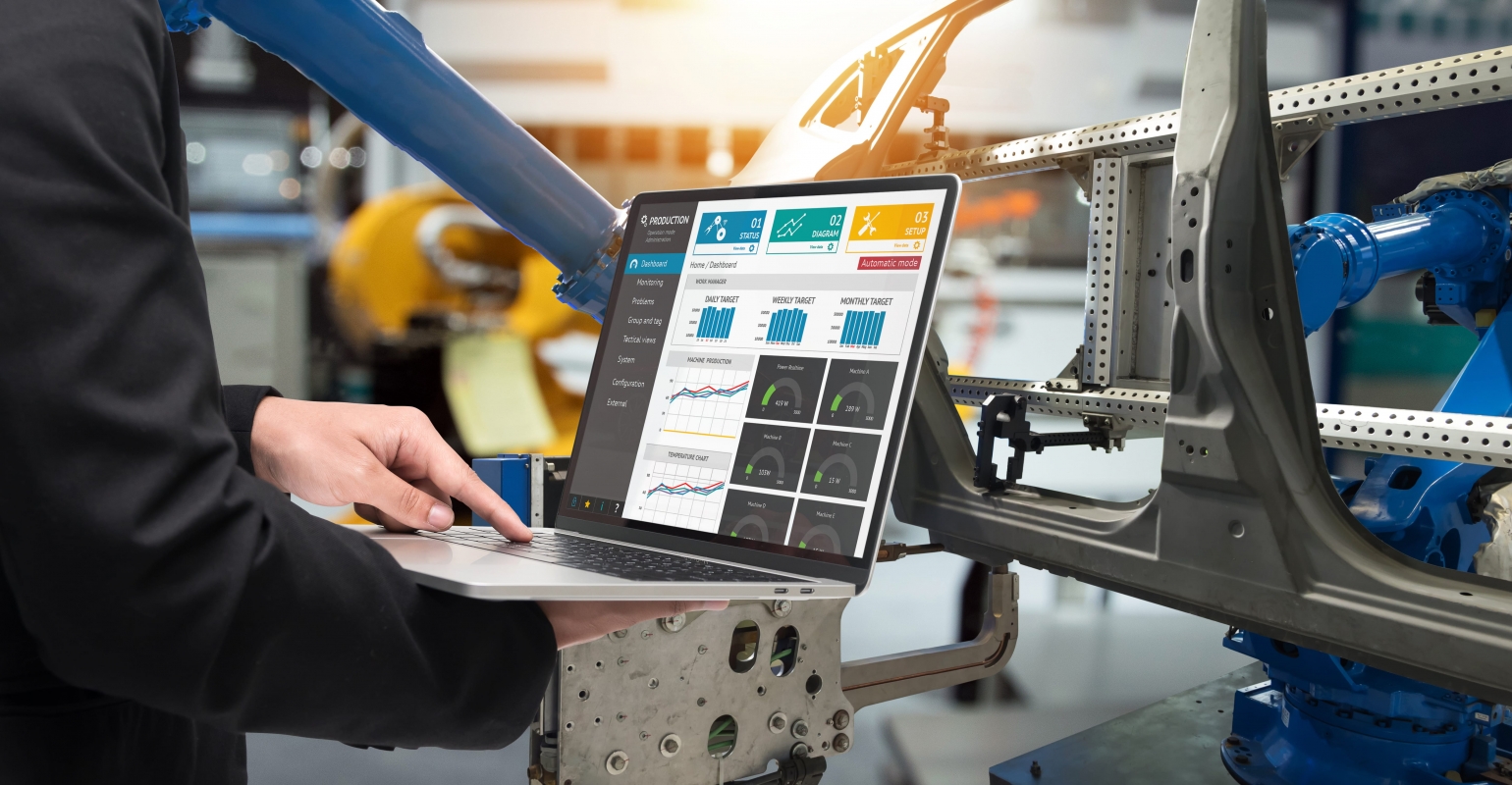Maintaining an ideal steam system is always tough, even more so when all related parameters have to be maintained at their peak. Parameters such as up-time of the steam system, zero steam leak plant, mean time between failures and time between repairs and finally the most important parameter – running the plant with highest steam efficiency. to maintain in a complex system for each of the specified parameters is a challenge in itself, where there are different equipment of different makes. Presently, the plant challenges include maintainability of products, plant conditions, water conditions, weather conditions, skilled manpower availability, product robustness and finally integration between products. In the course of this article, with certain insights across all points, you can see how small innovations in our products as per localized conditions can make your steam systems robust, healthy and efficient.
Maintainability of products often plays the most important role in the robustness of a plant, while also being the most neglected area when it comes to systematically working on addressing such issues. I This problem is most commonly observed when we see products not working, leaking steam, and sometimes products not running to their desired potential. When such problems occur, the most common perception is that the maintenance team is not doing a proper job.
However, the problem is complex and beings with the conceptualization of the product design itself. Many of the products have been designed by European companies suitable for their countries and these designs have been introduced in India via different collaborations and shift of manufacturing facilities from other parts of the world. When these product designs have been done, little consideration has been given to the plant conditions in India, conditions of utilities, prevailing weather conditions and type of manpower available within our country. If these important parameters are well thought out at the design stage of product development, one can avoid a lot of problems during the life span of the product. Below examples clearly explain how important it becomes to innovate in design as per prevailing localized conditions.
If we specifically talk about steam systems, the first and foremost thing that comes up is the Water Quality, as it plays an important role in the plant upkeep. While addressing issues, we need to track how efficiently we are straining our steam system, so that we provide adequate protection to our products and systems. Generally, we have been advised and preached to install strainers before every important equipment installed. However, this advice is frequently ignored, and later many issues arise on the products installed. Even when strainers are installed in the plants, it is difficult to maintain it online, as they have to be cleaned at periodic intervals, which is sometimes not possible or not done as it becomes cumbersome to do so. So, can products be designed to prevent such issues?
And the answer is yes, these issues can be addressed at the time of design, by innovative concepts. One such innovative design is our maintainable online strainers inbuilt into a product which are easy to operate and thereby maintain.
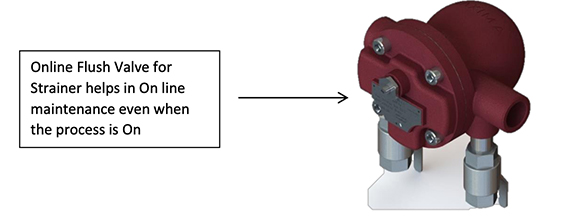
We are all aware that the life of our boiler is vastly dependent on the TDS level of water input, and how it’s maintained inside the Boiler. The TDS levels varies in different parts of the country, and not many plants, especially the smaller ones, use RO plant. Also, TDS is maintained through a blowdown valve with complete manual operations, which has low success rates. These issues are easily addressed as a part of system design through automated systems.
Presently, these systems are pretty expensive as the imported sensors contribute to a majority of the cost. However, if the consumption increases, we may be able to get the cost of such systems to very low levels, with the help of local manufacturing facilities in India.
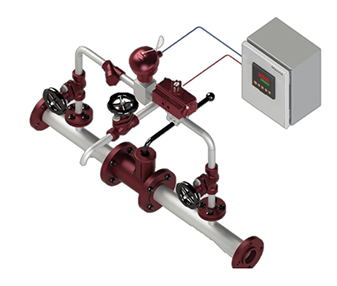
We all know that India is a nation of different weather conditions and different seasons. The northern part of the country experiences very cold conditions during winters while the coastal regions experience rains practically round the year. Operations of steam traps changes drastically during the winters and rainy seasons. This happens even more with thermodynamic steam traps as they work on thermodynamic principles, in which ambient temperature plays a very important role in the functioning of these Steam traps. This phenomenon is so critical that during winters, the fuel consumption of plants in the northern region increases alarmingly. This problem can be addressed by
product design innovation, such as our all weather thermodynamic trap. This trap has inbuilt air and condensate insulation, thereby reducing the impact of weather on the thermodynamic steam trap.
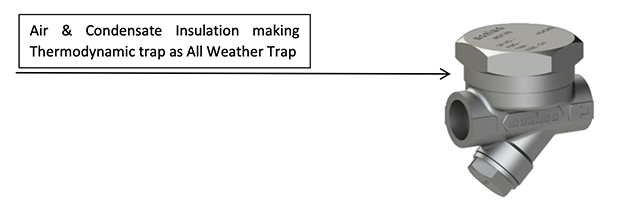
Generally, the traps used in plants have a definite life span and need to be replaced over a period of years. However, with present day challenges such as increasing competition, product costs and labour costs, changing products frequently will become more difficult for plants in the years to come. To tackle this issue, companies can use different materials and incorporate certain innovations in their design, while customizing it ideally for Indian conditions. For example, this thermodynamic trap is made out of SS304 and is maintainable, so that the lifespan of the trap becomes equal to the plant life.

For every application that requires steam, an optimally designed steam system is essential. From steam generation to steam recovery, an ideal user-friendly system can yield maximum results for the plant. For steam generation, with various options like steam boilers, thermic fluid heaters and steam generators available, it is important to consider various parameters while designing the entire steam system.
In case of steam generation issues, the problem may be as simple as improper model selection to insufficient output capacity or temperature or as complex as operational difficulties. However, one needs to consider that, in every plant, the standard boiler design may not work for every process. Innovations in boiler and heater design are often based on user constraints, such as location, fuel, operative restrictions and product requirements. If we look towards long term goals, by incorporating simple design changes in the boiler or heater, we can not only enhance the process, and gain optimum output to the plant, but also achieve a lower ROI period for the steam system.
Let us consider an integral part of the boiler design, the boiler tubes, which are responsible for transferring about 30% of the flue gas heat through convection. While designing the boiler, it is important to not only focus on the heating surface area, but also the optimum velocity of the flue gases to give the best overall heat transfer coefficient. To enhance the heating capacity of the flue gases, one proven approach is to incorporate rifled tubes or XID tubes in firetube boilers.
In a straight tube, a boundary layer is generated as the fluid flows through the tube. The internal ribs give a swirling motion to the flue gases which enhances mixing and the turbulence generated breaks the boundary layer of the fluid thus ensuring the fluid at the tube centre also comes in contact with the tube wall. The XID Tubes can give a significant increase in heat transfer to the regular tubes, thus creating a possibility of smaller more compact boilers with the same efficiency and performance.
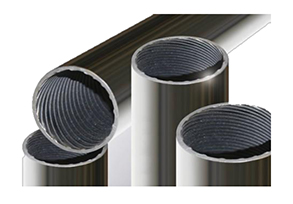
Fig 5. Rifled or XID Tubes enhance the boiler performance more than regular tubes
In a perfect combustion system, fuel and air has to be mixed in a proper ratio called the stoichiometric ratio, to ensure that the fuel is sufficiently provided with oxygen. However, in practical settings, an excess of air is provided after tuning the fuel and air damper. This is traditionally done with a help of a mechanical mechanism. In a plant, after the burner is tuned to achieve zero level of carbon monoxide, an excess air between 10 to 25 % can be observed according to the fuel fired. Although the excess air ensures complete combustion, more of it means that a lot of heat released by combustion is internally consumed by the excess air. This leads to a loss of heat which could have been transferred to the heating media. Another issue to be noted is that of hysteresis loss and mechanical linkage failure which shuts off the burner. Moreover, different fuels require different tuning of burner which requires skilled labour.
In order to address all these issues, the technology of Linkageless Burner Management System has been developed in the recent years which provides tremendous benefits over its mechanical counterpart. A linkageless burner has a set of servo motors which individually controls the Fuel and air ratio. The Burner System consists of a microprocessor which is programmed to automatically tune the air and fuel flow to provide excess air levels near 3-5%. The burner is programmed with different fuel data and tunes the ratio appropriately. PID Controls, Cold Start, Pressure and temperature controls, O2 Trim all can be incorporated and programmed in a single control unit. This makes the burner easy to use, control, accurate, precise and gives huge fuels savings to the end user.

There are many plants in India wherein, getting skilled manpower is a luxury. In such plants, companies have to opt for products and systems which can be operated with unskilled operators. Hence, by incorporating small innovations in design, one can achieve major changes in machine and process operations.
Balaji Pillai, Maxima Boilers Private Limited, Mumbai




